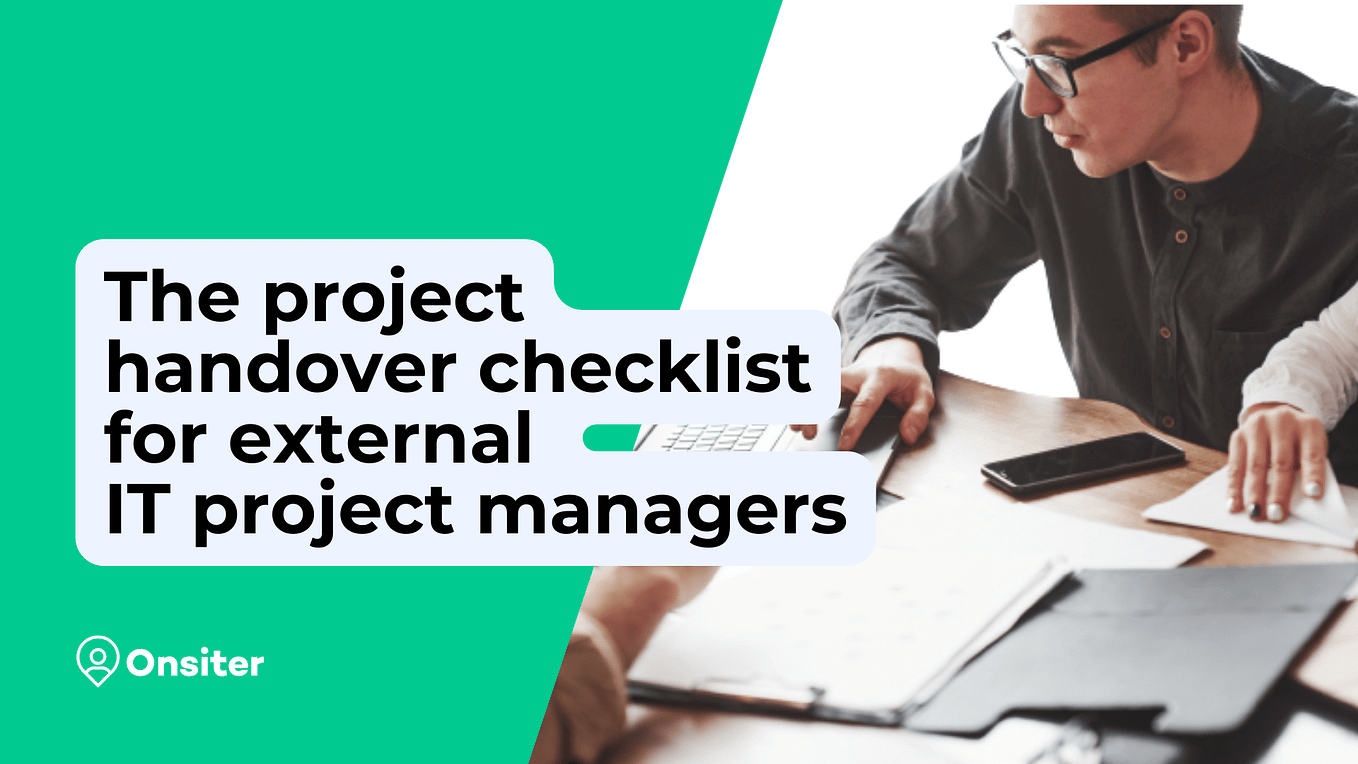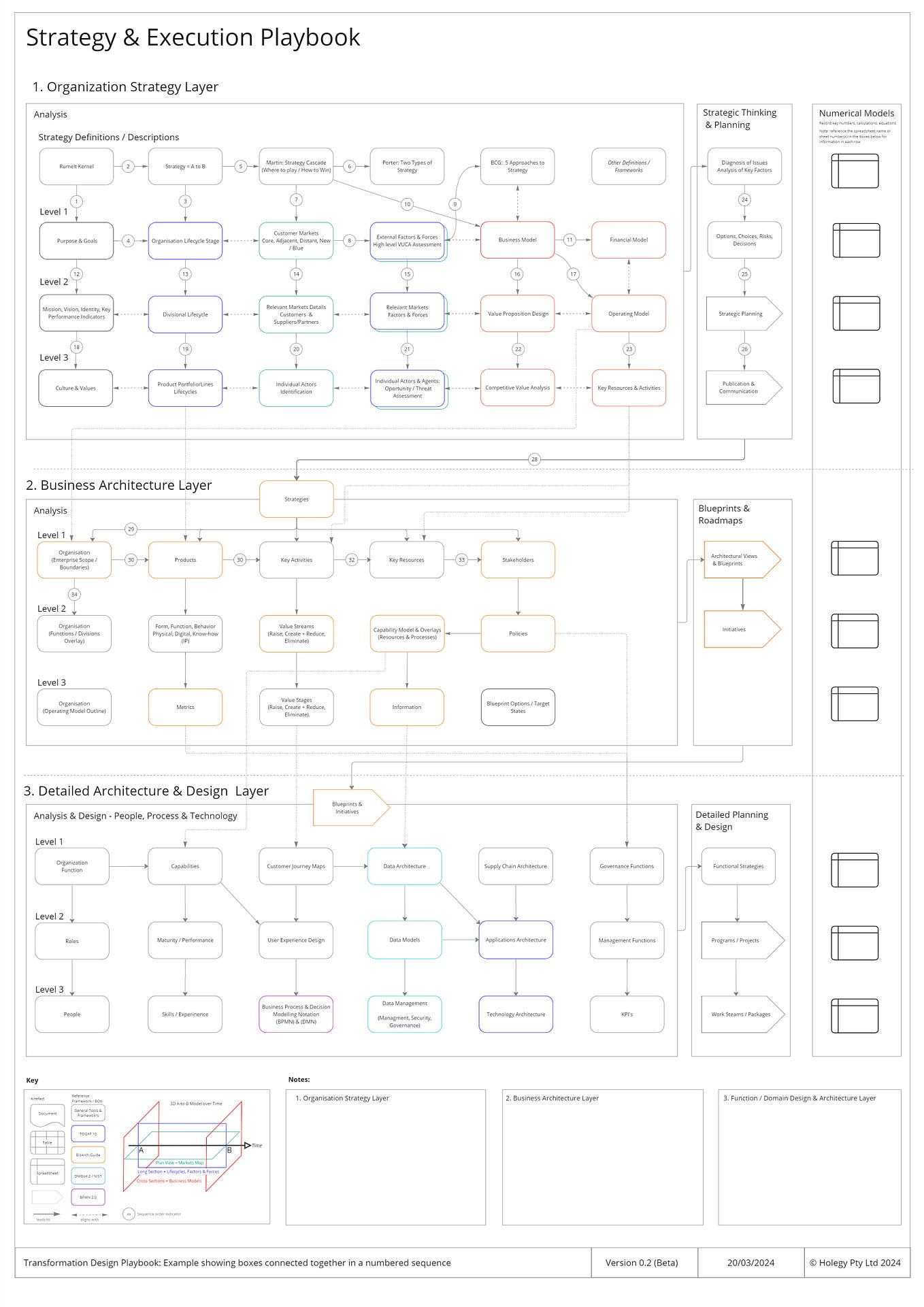How to conduct an effective post-mortem analysis for IT projects
What is a post-mortem analysis?
Held after project completion, a project post-mortem review serves as a vital checkpoint for any IT project manager.
Post mortems identify what went well and what didn’t in your recent project. The analysis provides firsthand insights from your team, making it a valuable resource for more effective planning in future projects.
Importance of post-mortem meetings
Post-mortem meetings offer a dedicated time to review and assess the project as a whole.
You get to hear directly from your team about the actual challenges and successes they experienced. This is invaluable information that can’t be captured through reports or metrics alone.
In an environment where technologies and methodologies change all the time, these meetings serve as a reality check. They help you understand if your management practices are keeping pace with industry changes.
The insights gained give you the chance to improve future projects.
Preparing for a post-mortem meeting
Here’s how to set the stage for a focused and productive post-mortem meeting.
Pre-meeting questionnaire
Sending out a pre-meeting questionnaire to all team members helps you collect everyone’s initial thoughts and opinions about the project.
The feedback you get will help shape the meeting agenda.
Here are some things to think about when you craft your pre-meeting questionnaire.
- Types of questions: Include questions that cover various aspects of the project. You can ask about the project timeline, the effectiveness of the project plan, and the quality of management.
- Anonymity: Consider making the questionnaire anonymous. This often encourages more honest and open feedback.
- Deadline: Set a deadline for completing the questionnaire. This ensures you have enough time to analyze the responses and prepare the meeting agenda.
- Analysis: Once all the questionnaires are in, spend time going through the answers. Look for common themes and areas that need attention.
- Follow-up: After analyzing the questionnaire responses, you might find that some issues require immediate attention or clarification. In such cases, follow up with individual team members before the meeting. This can help you get a deeper understanding of specific points, making the actual post-mortem meeting more focused and effective.
Meeting agenda
Creating an effective agenda is a key part of a successful project post-mortem meeting.
The agenda guides the conversation and makes sure you hit all the important points.
Here’s how to build one that works:
Topics to cover
- Project timeline: Go over the planned schedule and see how closely you stuck to it.
- What went well and what didn’t: Talk about the highs and lows of the project.
- Process improvements: Pinpoint areas where you can do better next time.
- Incident post-mortem: If something big went wrong, set aside time to dig into the details.
Time for each topic
Give each topic a time slot to keep the meeting on track.
Add some extra time for unexpected conversations or deeper dives into tricky issues.
Who leads the talk
Pick people to guide each part of the discussion. This could be project managers, team leaders, or anyone else with something valuable to say.
Open floor
Save some time at the end for an open chat. This lets team members bring up anything that didn’t fit into the main agenda.
Wrap-up and next steps
Finish the meeting by summarizing what you’ve learned and laying out the next steps for making future projects even better.
With a well-thought-out agenda, you’re setting the stage for project post-mortem meetings that are both productive and insightful. This will help you gather the info you need to improve your next project.
Conducting the post-mortem meeting
Participants
In a post-mortem meeting, the people in the room matter as much as the topics on the agenda. To get a well-rounded view of the entire project, invite a diverse group of stakeholders.
This should include:
- Project managers: They can provide an overview of the project and its objectives.
- Project leaders: They offer insights into the execution and can identify areas for process improvements.
- Project team members: These are the people who were in the trenches. They can offer a detailed look at what worked and what didn’t.
Questions and discussion
The backbone of any successful post-mortem meeting is the discussion. To facilitate this:
- Start with the agenda: Use the post-mortem meeting agenda you prepared earlier to guide the conversation. This ensures you cover all the important aspects, from the project timeline to the project plan.
- Open the floor: Encourage team members to speak up. Whether it’s about the project’s success or areas that need improvement, every voice counts.
- Focus on specifics: Dive into the details. Discuss specific tasks, milestones, and deliverables. This is not just a time for general feedback but for targeted insights that can be applied to future projects.
- Actionable insights: Make sure that the discussion yields actionable insights. These should be tasks or changes that can be implemented for continuous improvement in the next project.
- Document as you go: Keep track of the discussion points, suggestions, and agreed-upon action items. This documentation will serve as a valuable resource when you’re planning future projects and can be included in the final post-mortem report.
Incident post-mortem
Projects often face unexpected challenges or incidents and you should address these specifically.
Here’s how to go about it:
- Identify the incident: Clearly state what the incident was, when it occurred, and its impact on the project.
- Discuss the response: Talk about the immediate actions taken to resolve the incident. This includes the roles played by project team members and other team members involved in the resolution.
- Root cause analysis: Dig deep to find out what led to the incident in the first place. Was it a flaw in the project management process, or perhaps a gap in the project plan?
- Preventive measures: End this segment by listing the steps that will be taken to prevent similar incidents in future projects. Make these part of your process improvements for continuous improvement.
- Documentation and follow-up: Document all the findings and preventive measures discussed. Assign responsibility for implementing these changes to specific team members. Make sure there’s a follow-up mechanism to check the progress and effectiveness of these measures in your next project.
Post-mortem report
Creating a comprehensive post-mortem report is one of the most important steps in the post-mortem process.
This final report serves multiple purposes:
- Record of discussions: It captures the essence of what was discussed during the post-mortem meeting. This includes insights from project managers, project leaders, and other team members.
- Process improvements: The report should clearly list the process improvements that were identified. These are actionable steps that can enhance the project management process for future projects.
- Action items: Alongside process improvements, the report should outline specific action items. These are tasks that team members agree to undertake before the next project kicks off.
- Reference for future projects: This isn’t a document to be filed and forgotten. It’s a resource you’ll want to consult when planning future projects. It can help you avoid past mistakes and build on successes.
Structure of the report
A well-structured post-mortem report typically includes the following sections:
- Executive summary: A brief overview of the project, including its objectives and whether it met them.
- Meeting participants: A list of all the individuals who attended the post-mortem meeting, along with their roles in the project.
- Agenda recap: A summary of the meeting agenda and the post-mortem questions that were discussed.
- Key findings: This is the heart of the report. Here, you’ll detail what went well and what needs improvement. Use insights from the post-mortem meeting and pre-meeting questionnaire to inform this section.
- Process improvements and action items: List the steps that will be taken to improve future projects. Assign responsibility for each action item to specific team members.
- Timeline for next steps: Provide a project timeline for when the action items should be completed.
- Appendices: Include any supporting materials, such as the post-mortem survey results or additional feedback from team members.
Additional tips
- Be objective: Stick to the facts and avoid blame. The goal is continuous improvement.
- Be detailed but concise: Provide enough detail to make the report useful, but avoid unnecessary jargon or fluff.
- Share widely but wisely: Make sure the report is distributed to all relevant team members, but also ensure it’s kept confidential if it contains sensitive information.
Conclusion
Conducting a post-mortem analysis is important. It helps you reflect and find ways to improve. Each step, from the pre-meeting questionnaire to the final report, gives you useful insights. These insights help you manage projects better and prepare for future success. The end goal is simple: keep improving and learning with each project.








